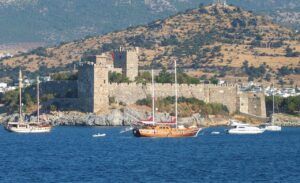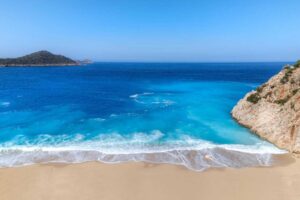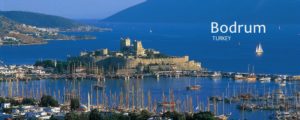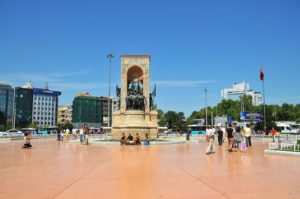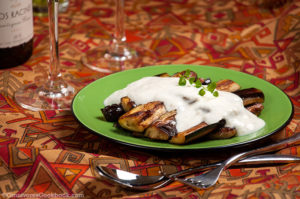During one of the most notable late Bronze age period shipwrecks, the Uluburun Shipwreck occurred and has been well researched by a lot of historians. This 14th century BC shipwreck has been studied over and over again through time as it was one of the most significant shipwrecks of ancient times. This ship was discovered off the coast of Turkey to the south in the Mediterranean Sea. The ship was located near the city of Kas which is located in Antalya. This ship was first discovered in 1982 by a Turkish diver.
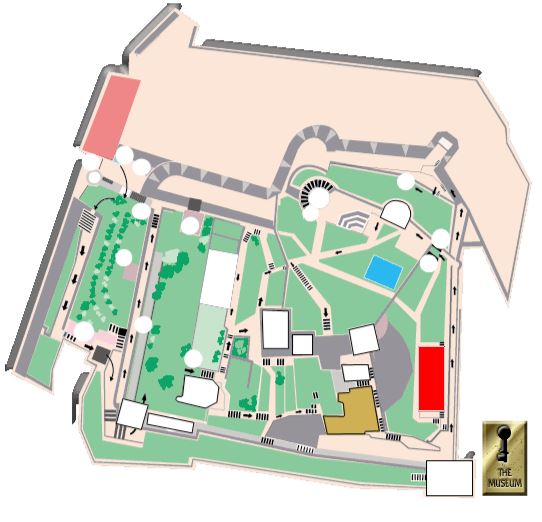
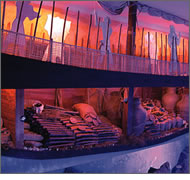
The excavation of this ship total took a decade and lasted 3-4 months of total working time. There were 11 different campaigns of excavations and modern techniques had to be used to recover everything from the wreckage.
The Vessel
In the exhibit, you can find a ship that represents a real-life representation of the ship near the wreckage, which came from the Levantine origin. Some believe it also may have come from Cypriot as well. While the ship was only 15 meters long, it’s believed that it could store up to 20 tons of cargo. One of the main problems for divers and recovering the ship was that the hull was severely damaged. A lot of the ship was perfectly preserved though which made excavation slightly easier.
Recent Articles
The hull was tested and found to be made out of cedar wood. The planks were edge joined which was efficient for lengthy travelling. The technique of edge joining planks were used by a lot of Greek empires and Romans as well. Some oar fragments were found and the largest one found was 1.7 meters long. A fascinating find was how many different anchors the ship had on board which consisted of 24 stone anchors. Back then, stone anchors were relatively common and they would weigh anywhere from 120 to 210 kilograms. There were smaller anchors made that only weighed 16 to 21 kilograms.
Some of these anchors were thought to be simply spares that were meant to only be used if other anchors broke or ropes snapped. Also, these spare anchors were placed strategically inside the boat to help keep the boat balanced.
The Date
An exact date of this ship isn’t quite known, so we can only go off what we know. We do know however that the ship comes from the Bronze age in its late stage. It wasn’t until 1996 that we came to a closer conclusion that the ship might have had parts found off of it that date back to 1400 BC. However, different reports from Kuniholm stated that some of the firewood could’ve come from a tree that fell around 1316 BC or as early as 1305 BC. This is all estimation and we may never know an exact date. It’s also believed that this was the last voyage this ship had undergone before it sunk.
Researchers concluded that this would support their findings of contents aboard the ship. In 2001 however, Kuniholm who had been working on this for a long time started to retract his date on the dunnage.
The Route
Another debated fact for this ship is that no one can seem to agree on where the ship was heading and where it came from. It’s one historical opinion that the ship was coming from Cyprus and it was believed that the ship contained over 6 tons of copper ingots. Also, the nationality of the ship hasn’t been determined with historical evidence. There were traces of Mcenaean, Canaanite, Kassite, Assyrian, Egyptian and Cypriot articles on the ship which makes research difficult.
However, the overall wealth of the cargo can give us a little bit of a clue as to where the ship came from or at least where it originated from. There’s over 18,000 different artifacts catalogued and discovered from the wreckage. Some researchers state that the ship may have been going towards the Nile River. Back in that time period, the Nile River was a hot spot for trade.
The Cargo
There was a ton of cargo on the ship from copper ingots to jewelry.
- There was 10 tons of copper ingots discovered on the ship that were oxhide shaped. The reason for the shape was so that ingots could be stored on horses, mules or other easy methods of transportation.
- There were also 40 tin ingots discovered that had little lead in them. No one knows the exact source of the tin in them. Some debate that they could’ve come from Afghanistan or Spain. It was the largest collection of ingots found from a Bronze Age collection on a single excavation.
- There was a laundry list of Egyptian Jewelry found at the site as well. First was a gold disk pendant, a gold falcon pendant and a host of other jewels found.
List of Egyptian Jewelry Found:
- Gold disk shaped pendant
- Gold falcon pendant
- Faience beads
- Gold Goddess pendant
- Rock crystal beads
- Agate beads
- Ostrich eggshell beads
- Silver bracelets
- Gold scrap
- Gold chalice
- Silver scrap
Among that, there was also some food discovered on the shipwreck site as well including some almonds, pomegranates, olives and acorns.
There were also some other jewels found as well including:
- Faience vessels
- Ivory vessels
- Gold chalices
- Ear rings, finger rings
- Cypriot rings
- Cypriot pots
- Wide mouthed jugs
- Clay lamps
- Large pithoi
- Bronze tools
Finally, there were some bronze weapons found in the wreckage as well. Divers found 6 European style spearheads which were classified as type A2/B3, a sword that’s thought to be from Italian origination and a ceremonial axe made of stone that originates from Bulgaria.

